Dzharylhach in chains: Russia's bid to destroy the nature reserve's unique ecosystem

It’s unclear who first referred to the island of Dzharylhach as "Ukraine’s Maldives", but whoever it was, they clearly had no idea about the islands’ ecosystems: the Maldives, situated in the Indian Ocean, have very little in common with Ukraine’s Dzharylhach.
Dzharylhach requires no exotic comparisons. The island and its coastal waters have a unique ecosystem, with countless species of rare plants and animals included in nature protection lists, and you only need to dig a little deeper to realise that the island is exceptional in many other ways.
In May, Russian forces covered the strip of water between the mainland and the island of Dzharylhach with sand, thus joining it to the occupied territories of Kherson Oblast and turning the island into a peninsula. This is more than a matter of semantics: the man-made isthmus can destroy the ecosystem on Dzharylhach and in its surrounding waters. For this ecosystem is as precarious as it is unique.
Ukrainska Pravda recounts what has happened with Dzharylhach so far, and why the Russians’ actions are endangering the island’s and the adjacent bay’s unique ecosystems.
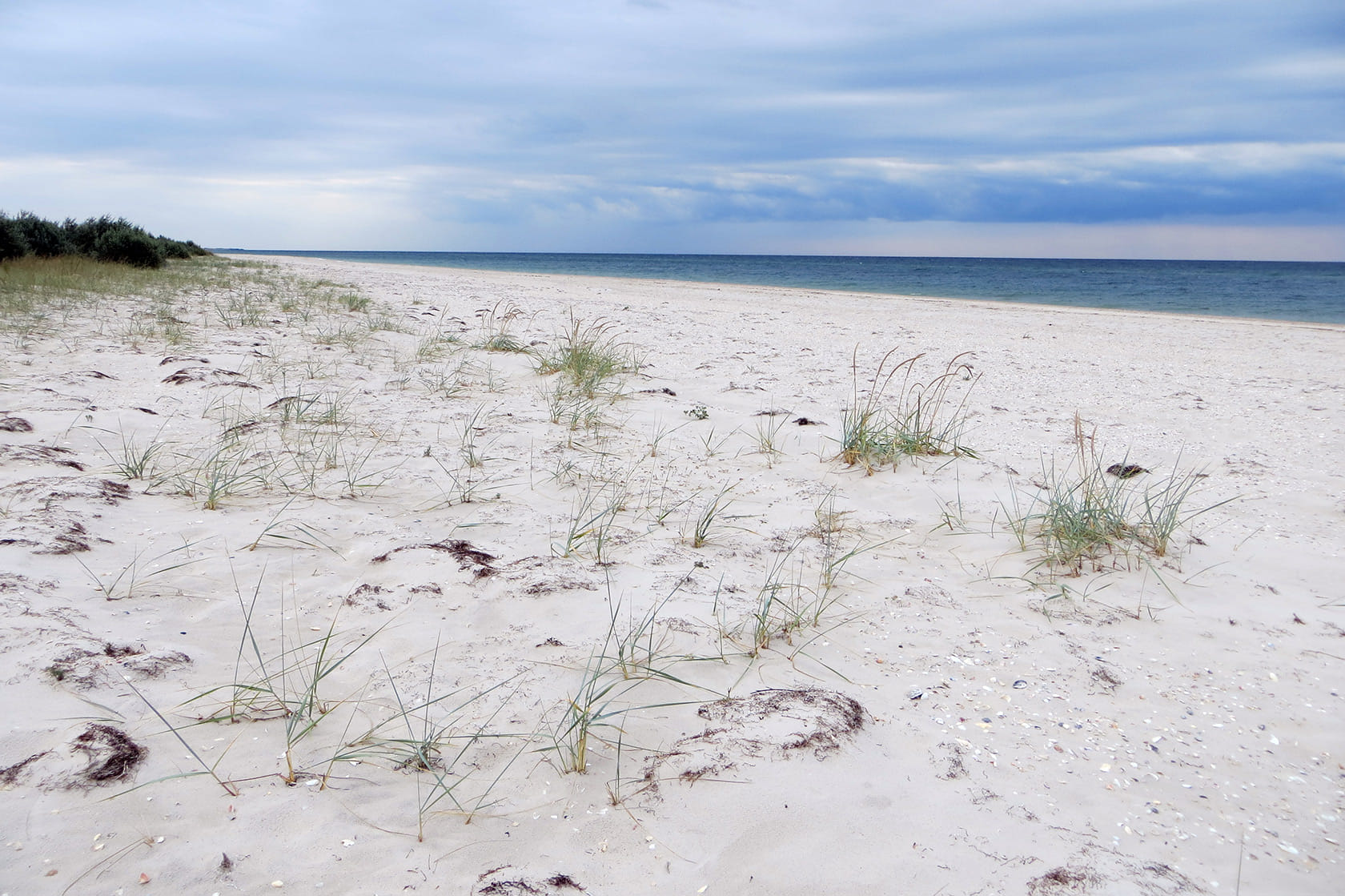
A major island
Dzharylhach is the biggest island in Ukraine: a narrow strip of land stretching across 40 kilometres, east to west, in Karkinit Bay, a corner of the Black Sea tucked between Crimea’s northwestern coast and the coast of Kherson Oblast.
The island is uninhabited, but many travel to see it. Before Russia occupied southern Ukraine, Dzharylhach was a tourist magnet during the warmer months.
There are several ways to reach Dzharylhach: a boat from Skadovsk, for example, or – for adventurers – setting out from the village of Lazurne and wading across the narrowest part of the strait separating Dzharylhach from mainland Ukraine.
The depth of the strait varies with the seasons, meaning sometimes you have to swim to reach the island. At other times, the strait gets very shallow or gets washed over with sand, and a natural isthmus connects Dzharylhach to Lazurne. As storms wash out this delicate, temporary bridge, the peninsula becomes an island again.
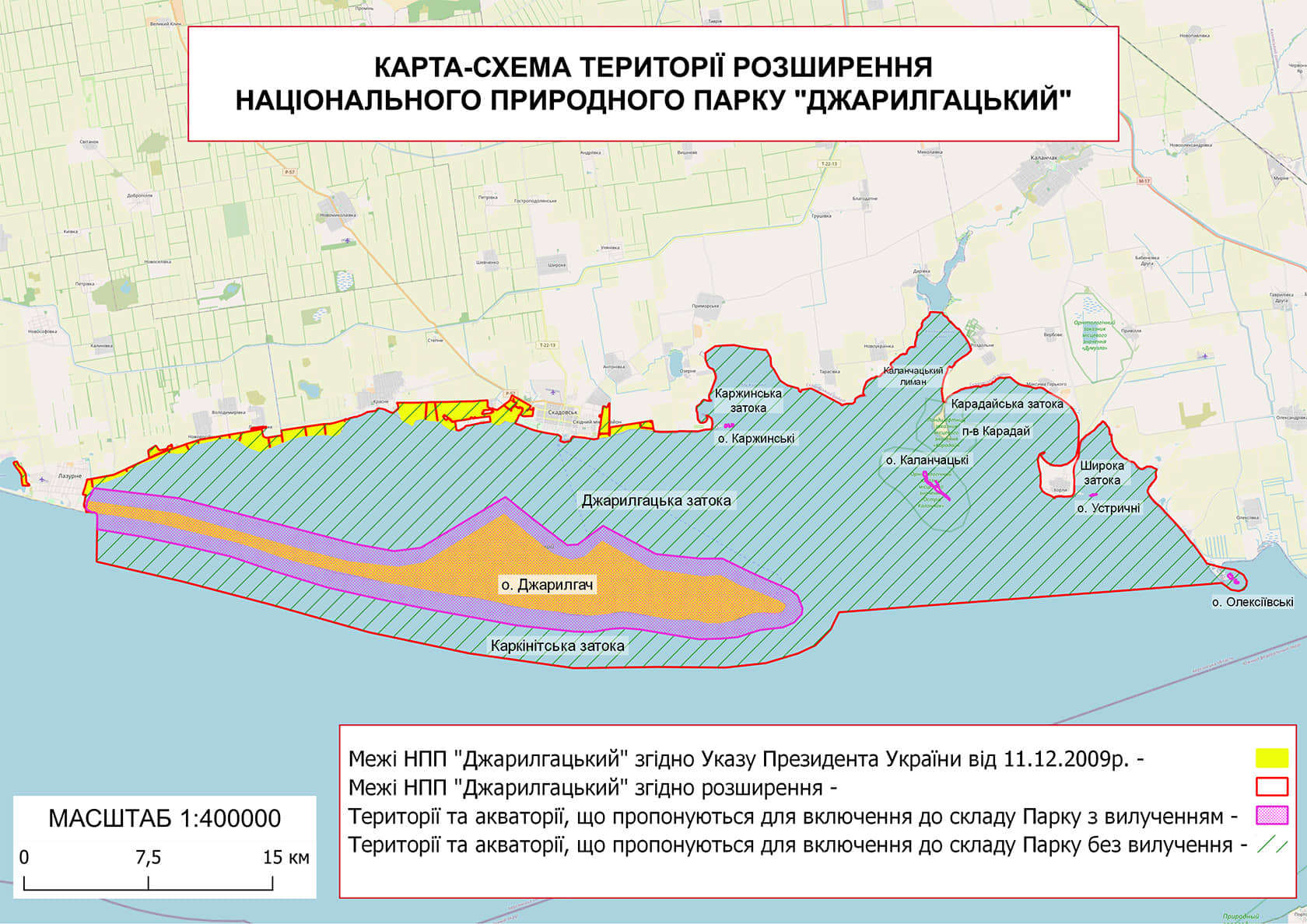
Before Russia’s full-scale invasion, the management of the Dzharylhach nature reserve, together with natural scientists, were planning to significantly expand the reserve to be better able to protect the island’s unique ecosystems
An isthmus
Russian forces occupied Dzharylhach soon after the beginning of the full-scale invasion, though the island was mostly absent from most newsfeeds until recently.
The island has no strategic military significance. There is hardly anything that can be plundered there, either: two lighthouses and the premises of a woodland management agency are all the island has to offer.
Nataliia Humeniuk, head of the press centre for Operational Command Pivden (South), said that Russian forces were using Dzharylhach as a training camp for recently mobilised forces and might also be setting up storage facilities there.
Russian occupation forces might see the island as a safe haven, hoping that Ukrainian forces’ humanity and concern for the island would prevent them from firing at it; the island is part of the Dzharylhach National Nature Park.
Iryna Sabashenko, the national park director, says satellite images show that the island was connected to mainland Ukraine in May 2022. She is certain that this did not happen naturally, but rather as a result of the actions of the Russian occupation forces – or else storms would have washed away the isthmus.
However, it wasn’t until the General Staff’s report that scientists and environmentalists began to sound the alarm. Even if no hostilities take place on the island itself, interrupting the strait and artificially connecting the island to mainland Ukraine can pose grave risks to nature.
Dolphin’s paradise
Dzharylhach Bay is located to the north of the island, roughly between Dzharylhach and the city of Skadovsk in Kherson Oblast. The flora and fauna that have formed in this shallow part of the Black Sea are unlike other parts of the Black Sea, and even unlike the nearby waters of Karkinit Bay.
Cetaceans are among the most notable species here. There are two types of dolphins – bottlenose and white-sided – and porpoises, which, strictly speaking, are not dolphins, but are taxonomically related.
All three species are included in Ukraine’s Red Data Book of endangered species. Of course, they don’t just live in Dzharylhach Bay, but in other parts of the Black Sea as well. But the populations that live in the bay are, if not entirely unique, then at least special in some ways.
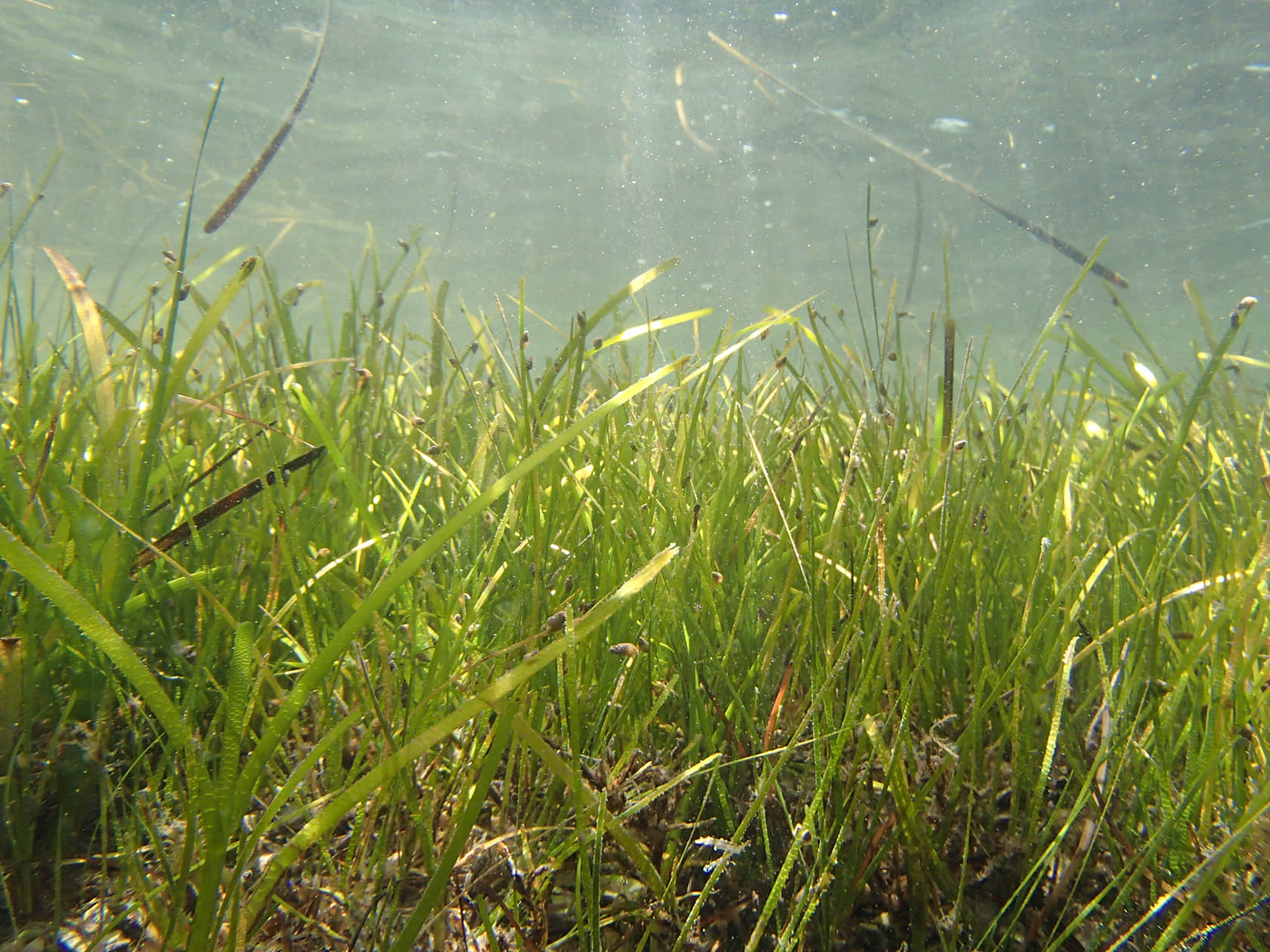
"There are generally very few porpoises in the northwestern part of the Black Sea," says Pavlo Holdin, who holds a PhD in biology and researches cetaceans. "The largest number of these animals is concentrated in the south of the sea, near the coasts of Bulgaria and Georgia.
But in Dzharylhach Bay, the density of the porpoise population is roughly the same as in Bulgaria. There is no other area in Ukraine’s Black Sea waters with as many porpoises."
The bottlenose, or common, dolphin usually lives in the high seas. But there are several areas in the world where these cetaceans form coastal communities. For example, near New Zealand, near the town of Yuzhne in Odesa Oblast, and in Dzharylhach Bay, where their population numbers about 200 individuals.
About 50 bottlenose dolphins come to the same bay every summer. For several years, Pavel Holdin and his colleagues have been identifying them by their dorsal fins, which differ from one dolphin to another in much the same way as people’s fingerprints. It turned out that the same individuals return to the bay every year.
"It’s a small group of 50 animals that stay very close to the island," Pavlo Holdin says. "They display unusual behaviours, which we can call culture. For example, they hunt in the surf zone, and can reach more than half of the length of their bodies onto the beach when chasing fish.
So of course if a dolphin washes up on the shore, and there are [Russian soldiers] there, this creates risk for the animals."
Dzharylhach Bay and its underwater worlds
To the untrained eye, cetaceans are perhaps the most obvious part of the Dzharylhach Bay wildlife. But they are not the only species contributing to the unique ecosystem here.
Sofia Sadohurska, a researcher at the M.G. Kholodnyi Institute of Botany of the National Academy of Sciences of Ukraine and an expert at the Ekodiia (EcoAction) NGO, spent several years studying algae in the bay near the island before the full-scale war broke out.
The bay is one of very few places in the northwestern part of the Black Sea, where cystoseira, a brown algae, still survives. Tiligul Estuary and an area off the coast of Crimea are the only other areas in Ukrainian waters where cystoseira thrives.
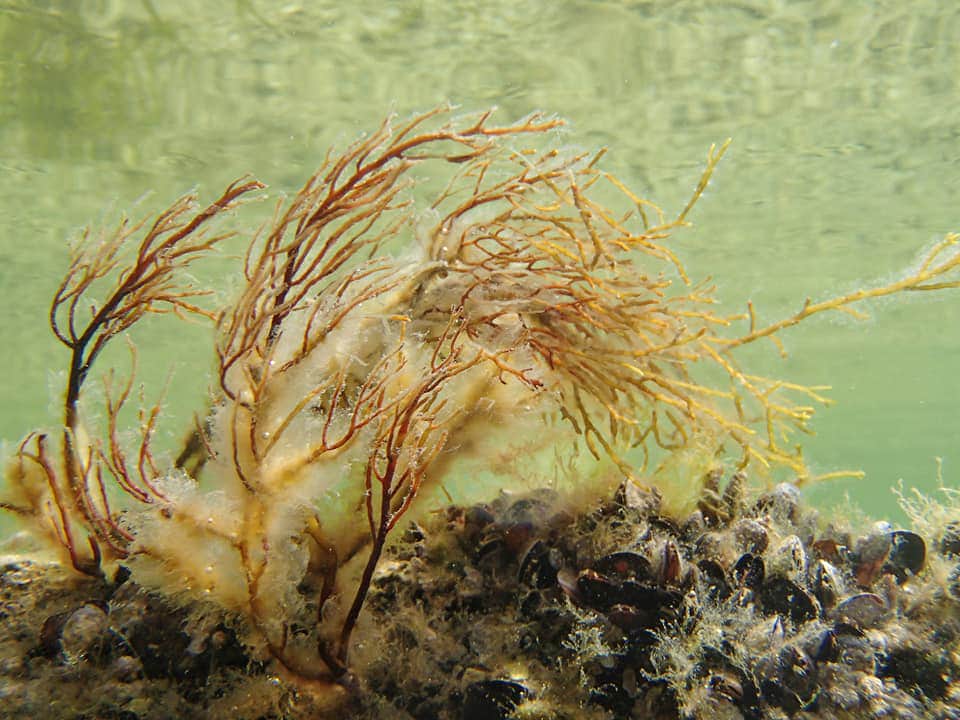
Cystoseira is not just important in and of itself, but also as part of the ecosystem it nurtures. Its thickets serve as spawning grounds for different types of fish. More than 50 species and subspecies of fish live happily in the Dzharylhach Bay, especially if compared to other parts of the Black Sea.
"Gobies can cover the entire bottom of the sea there, which you won’t see in areas where people are more present," Mykhailo Son, a senior researcher at the Marine Biology Institute, says. "Whiptail stingray is also a common species there.
There are few areas in the Black Sea where fish are so little disturbed by people."
Stellate and beluga sturgeon, both included in the Red Book, are also present in the bay, as well as commercial species, such as Black Sea herring, sprats, and mullet.
"We have also found populations of the algae Codium vermilara there," says Sofia Sadohurska. "It is listed in the Red Book of Ukraine and is only present in a couple of places in our country, normally along the Crimean coast.
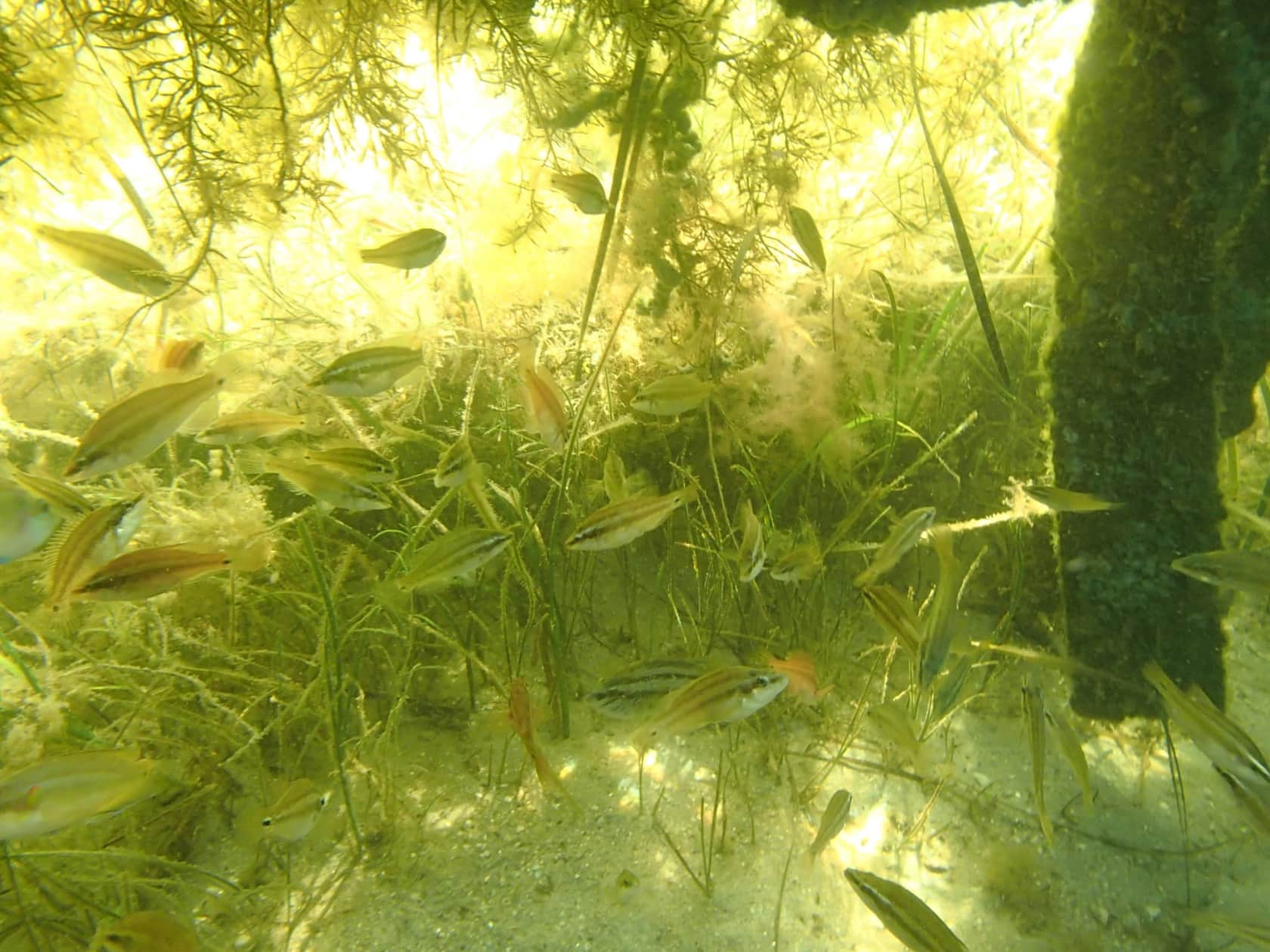
The narrow part of the bay near Dzharylhach, together with the island itself, is part of the Dzharylhach National Nature Park. In addition, the bay is a member of the Emerald Network, and is protected by the Ramsar Convention on Wetlands of International Importance and several other international agreements. In other words, from the point of view of nature conservation, it is important not only at state level, but also at international level.
Due to the channel being blocked by the Russians, the water in the bay will stagnate. This, in turn, can lead to siltation and more intensive bloom of phytoplankton - a problem that was observed in the bay before due to the polluted waters from mainland Ukraine.
As a result, rare algae can be affected, as well as the ecosystems connected with them. If there are fewer fish in the bay, dolphins and porpoises will also leave these waters in search of better places to live.
Island of birds
A certain analogy between Dzharylhach and islands in distant oceans can still be found.
Once there were no people in New Zealand, but there were kākāpō parrots. These birds are not able to fly, because there are no predators near them, so there is no need to escape from them.
Then people came to New Zealand and started hunting kākāpō. And the rats, cats and dogs that came with the people destroyed the nests and ate the birds themselves.
The kākāpō population declined so much that in the 20th century it seemed that these parrots had completely died out. Fortunately, they still survived. Today, around 250 birds live on several small islands.
Dzharylhach has not been separated by hundreds of kilometres of ocean for many thousands of years from other parts of the land, as was the case with the islands of New Zealand. Still, it is relatively isolated from the mainland and this clearly benefits the inhabitants of the island.
For example, until recently, cats and dogs were not allowed on it - so that it would not repeat the fate of the New Zealand islands.
Dzharylhach is home to 250 species of birds. In certain periods, about 150,000 individuals congregate here. On the island, you can meet a pink pelican, a great bustard, a steppe crane - in total, almost 70 species from the Red Book of Ukraine.
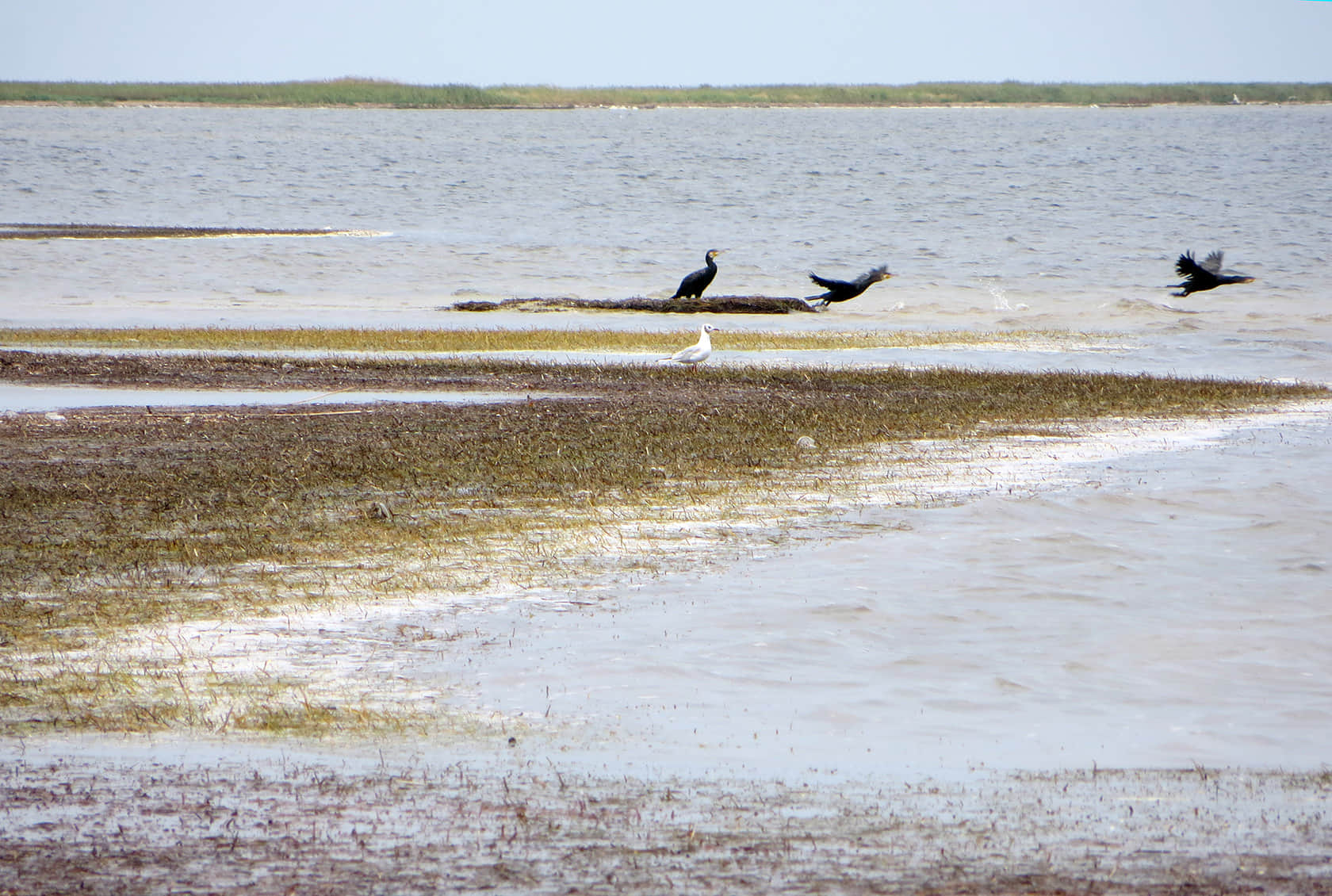
A large concentration of different species of birds is possible only because until recently the presence of man on the island and his activities were limited to the nature protection regime.
Now, when there are hundreds of Russian soldiers on Dzharylhach and any equipment can enter it, not to mention stray cats and dogs, one can only dream about proper nature protection.
Dunes and Berne Convention
As already mentioned, the nature of Dzharylhach and part of its adjacent waters is protected at international level. Or rather, it was protected before the island was occupied by the Russians.
When scientists and conservationists decide on the protection of a particular area, they look not only at individual species that live there, but also at entire ecosystems, or, as scientists call them, habitats. Many such dwelling places also need protection.
To be clear, beech forests are an example of one among many habitats that are protected at European level. Another example is mountain hay meadows. Both ecosystems are so few in number that they need to be protected.
Returning to Dzharylhach, there are more than 15 different habitats, or ecosystems, that need protection. These are, for example, seaside lagoons and various types of sand dunes with their characteristic vegetation. There are also unique ecosystems in Dzharylhach’s interdune hollows, valuable, in particular, because several species of orchids grow there.

All these and other ecosystems of the island are protected by the Berne Convention, which is considered the main environmental protection agreement in Europe. And without going into details, we can say that by protecting Dzharylhach, we are bringing ourselves closer to Europe.
Most of the sandy habitats of the island are very vulnerable to various mechanical influences. Before the occupation, even the influx of vacationers harmed them. Needless to say, heavy equipment can easily destroy them.
Out of more than 500 species of plants living on the island, more than 20 are listed in the Red Book of Ukraine. And such as Rusanov kendyr (Apocynum venetum, commonly known as sword-leaf dogbane) are considered endemic. That is, they are not found anywhere else.
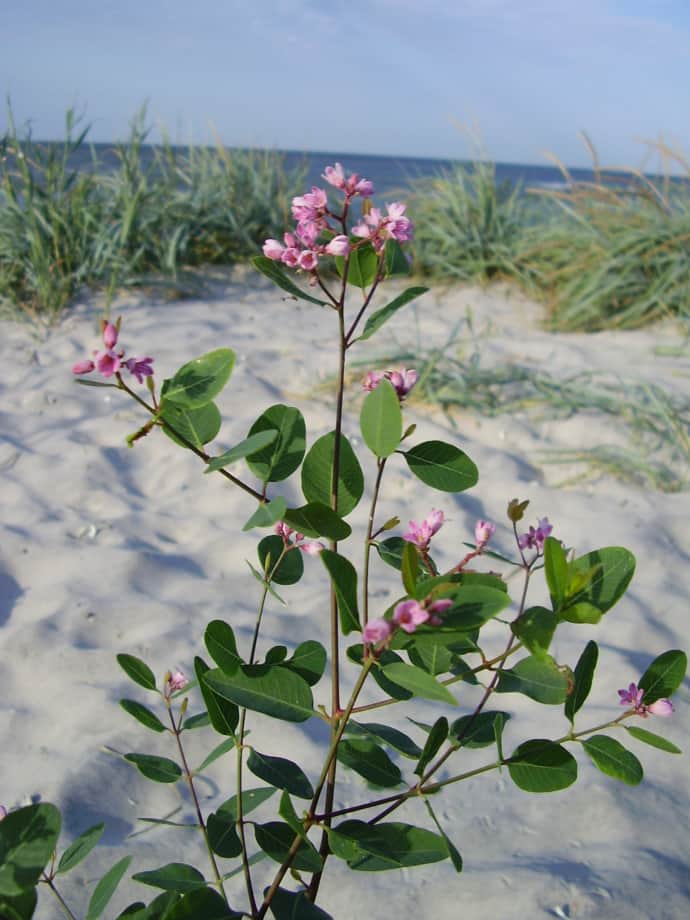
Thin strips of life
Mykhailo Son says that Dzharylhach Bay, despite the fact that he and other biologists conducted their research there before the occupation, still remains insufficiently studied.
Simply because no one has worked systematically in some areas.
An example of such terra incognita is a narrow strip of surf where the waters of the bay meet the island. This strip is covered by a "mattress" of zostera, or sea grass. It serves as a home for inconspicuous crustaceans, molluscs and insects.
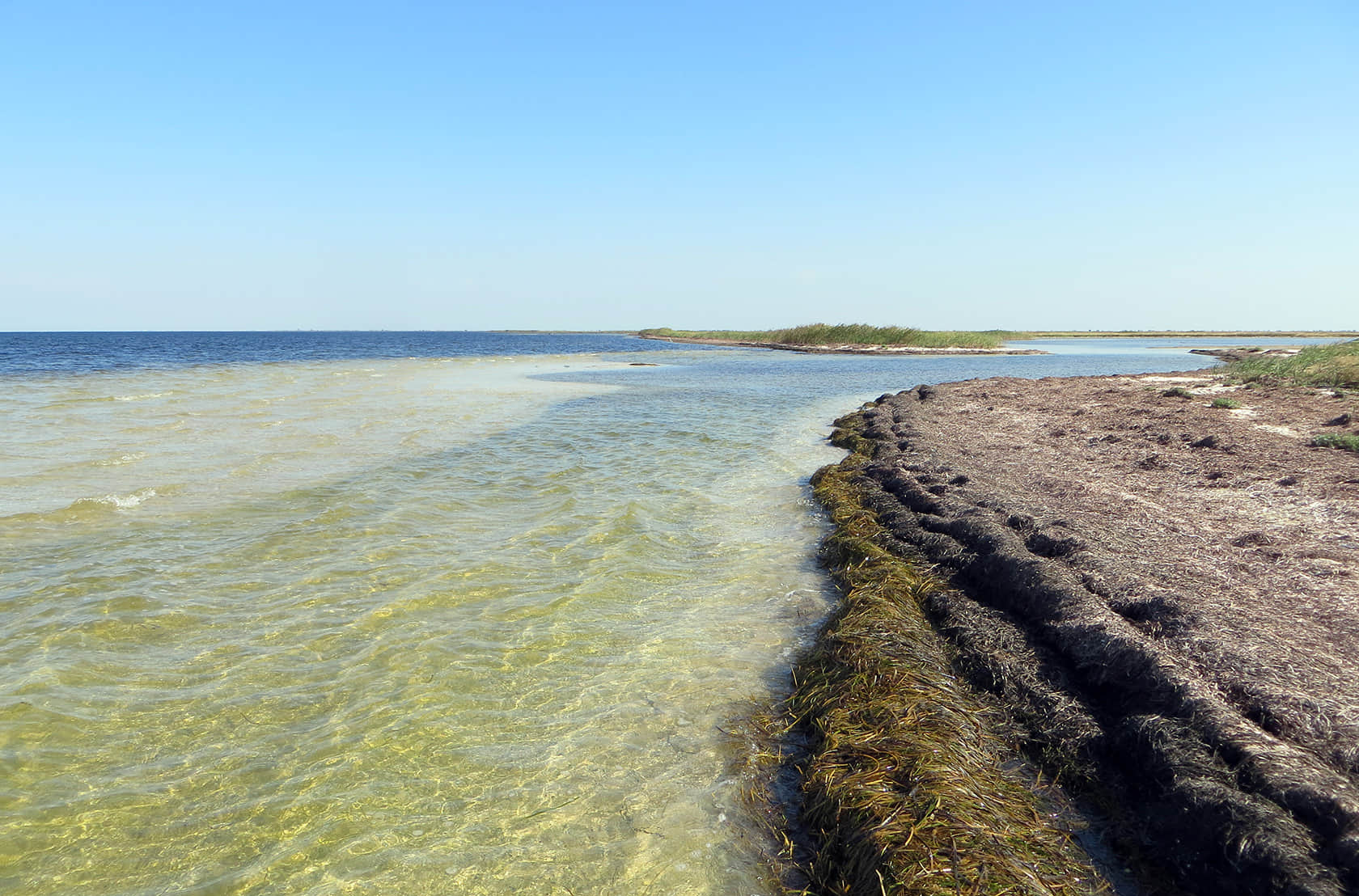
While studying them in recent years, Mykhailo Son discovered several species of invertebrates new to the Black Sea, as well as groups of species that had not been described by anyone before.
They have been preserved until this day because no one particularly touched them. But human intervention, not to mention heavy machinery, fuel spills, explosions and possible hostilities can easily destroy these thin strips of life.
* * *
Dzharylgach is one of the many corners of Ukraine's nature that has been under occupation or in a war zone. Previously, Ukrainska Pravda wrote about the fate of the Askaniia-Nova reserve and other protected areas.
Dzharylhach shares the same uncertainty and obscurity faced by some of them, such as the Kinburn Spit. Conservationists and scientists can talk about reasonable risks that today threaten animals, plants or entire ecosystems in the occupied territories.
But it is possible to draw scientific, not emotional, conclusions only after the scientists get directly to the scene of the events, and conduct the necessary measurements, observations and analyses. Until then, satellite images remain almost the only reliable source of information about the state of nature in many occupied territories.
And in the case of Dzharylhach, today there is no way to assess the damage that the Russians have caused to nature. Instead, we can talk about justified risks for nature. Some of them, very likely, have already become reality to one extent or another.
If heavy equipment is being driven on the island, it is likely that it has already destroyed some dunes or other ecosystems and destroyed a certain part of the vegetation. Unfortunately, while the occupation continues, it can destroy even more.
Threats to the ecosystems of the bay may be no less than to the nature of the island itself. But they can still be prevented.
If the Ukrainian military liberates Dzharylhach from the Russian invaders in the coming months, neither the dolphins nor other inhabitants of the bay, most likely, will have time to suffer seriously due to the closure of the strait.
And the strait itself will have to be restored immediately after the liberation of the territory. At least from the point of view of environmental protection.
Dmytro Simonov
Translated by Olya Loza and Elina Beketova
Edited by Susan McDonald